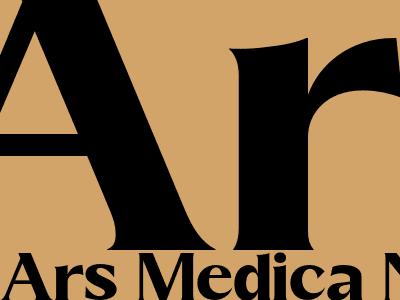The Complete Guide to Using Alt Tags for SEO and Accessibility
What are Alt Tags?
Alt tags, also known as "alt attributes" or "alt descriptions," are HTML attributes used to provide alternative information for an image on a web page. They are primarily intended to help users with visual impairments, such as blindness or low vision, to understand the content of an image.
Why are Alt Tags Important?
SEO Benefits:
Alt tags play a crucial role in SEO by providing search engines with context about the content of an image. This information helps search engines understand the relevance of an image to a particular search query, improving the chances of ranking well in image search results.
Accessibility Benefits:
Alt tags are vital for accessibility, ensuring that all users, including those with visual impairments, can access the content of an image. Screen readers, assistive technologies used by visually impaired users, rely on alt tags to describe the content of images, providing essential context to the user.
Other Benefits:
In addition to SEO and accessibility, alt tags also have other benefits, such as providing context for images that fail to load, assisting in image indexing, and improving social media previews that include images.
How to Write Effective Alt Tags
Keep it Concise:
Alt tags should be brief and to the point, conveying the essential information about the image in a few words.
Describe the Action or Content:
Focus on describing the action or content depicted in the image, rather than using generic terms like "image" or "photo."
Use Context:
Consider the context of the page and the surrounding text when writing alt tags to provide meaningful information that complements the content.
Avoid Keyword Stuffing:
While it's important to include relevant keywords, avoid overstuffing alt tags with keywords as it can harm SEO and accessibility.
Proofread Carefully:
Check for any grammatical errors or typos in the alt tags, as they can affect the accuracy of the information provided.
Best Practices for Alt Tags
Use Descriptive Text:
- Provide a clear and detailed description of the image, using specific and relevant keywords.
Avoid Overly Generic Terms:
- Use specific terms to describe the image's content, rather than generic terms like "picture" or "graphic."
Consider the Context:
- Create alt tags that are relevant to the surrounding content and the overall topic of the page.
Keep it Concise:
- Limit alt tags to 125 characters or less to ensure accessibility and search engine optimization.
Use Keywords Sparingly:
- Incorporate relevant keywords naturally into the alt tag, but avoid keyword stuffing.
Test Alt Tags:
- Use screen reader tools or browser extensions to verify that alt tags are being read correctly.
Common Alt Tag Mistakes
Using "Image of..." or "Picture of...":
Avoid using generic phrases like "image of" or "picture of" as they provide no useful information.
Overstuffing Keywords:
Cramming keywords into alt tags can harm SEO and make the description difficult to read.
Leaving Alt Tags Empty:
Empty alt tags are not helpful for either search engines or assistive technologies.
Describing Decorative Images as Blank:
Even decorative images should have alt tags that describe their purpose or context.
Using the Same Alt Tag for Multiple Images:
Each image should have a unique and descriptive alt tag, even if they are visually similar.
Conclusion
Alt tags are essential for SEO, accessibility, and providing context for images on web pages. By following the best practices outlined above, you can create effective alt tags that enhance both the user experience and your search engine rankings.

Komentar